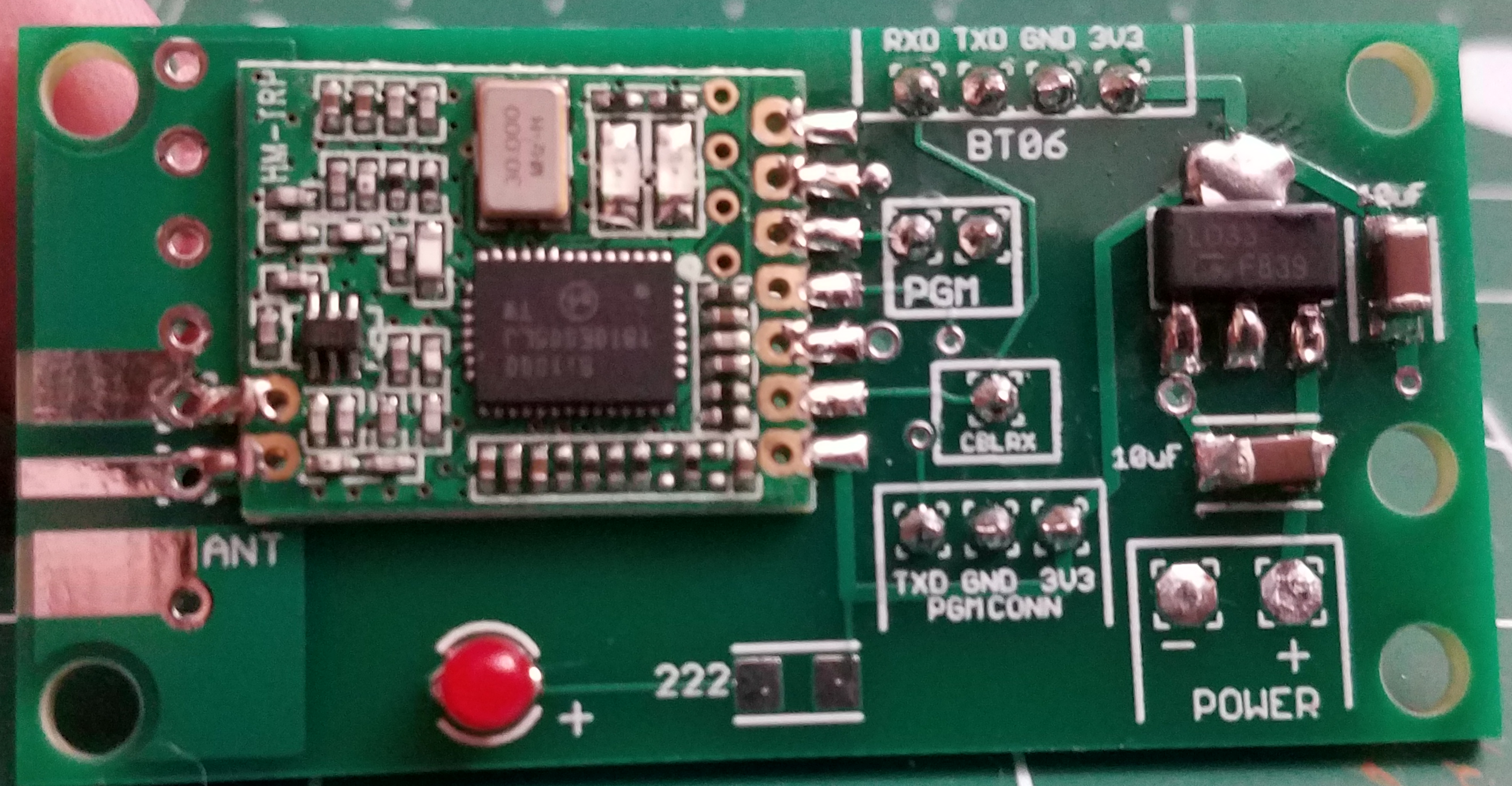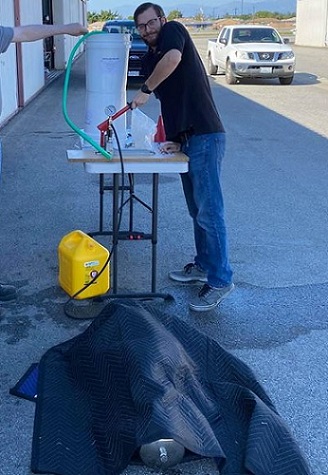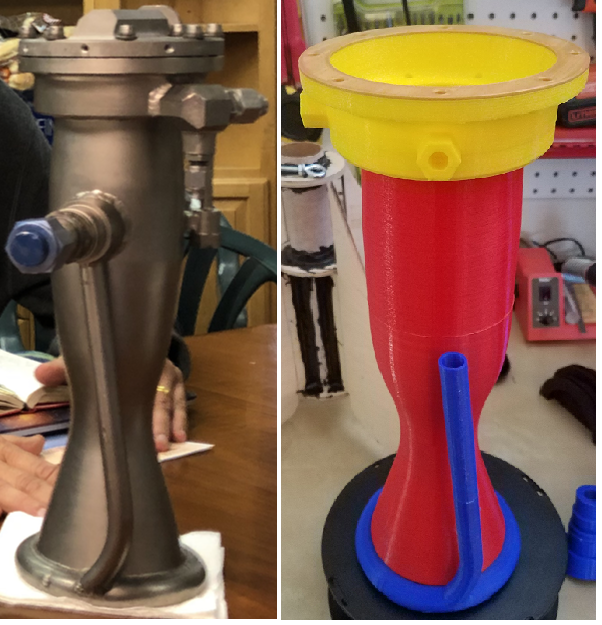Structures & Data Acquisition
Integral to any liquid rocket program is emperical data on the performance of the engine. A team of engineers and I working out of the Compton/Woodley Airport to build a modular test stand, capable of measuring the performance of engines ranging from under 100 lbf up to 2,000 lbf.
My main roles have been in coordinating purchases and construction of test stand hardware, and designing the data acquisition plan. The initial version of the rig is expected to measure thrust, temperature (x2), and pressure (x2) results concurrently. The data acquisition hardware was selected to allow for the most versatility at an affordable price.

125 lbf | Ablative Cooled | LOX/Ethanol
The LR-S1 is a small liquid rocket designed for the RRS by member Richard Garcia. Under his remote guidance, I am working with a team of LA engineers to build the engine from this rocket to test on our Test Stand. This preparation has included pressure testing shown in the photo, where test stand tanks were filled with water to verify they can safely hold the required pressures during a test fire.
Data from the test firing is expected to be used in updating the design of the LR-S1 rocket so that it can achieve the highest altitude possible. Initial predictions are that the rocket should reach at least 15,000 ft. Key to any updates in the design will be low-cost solutions with simple construction, assembly, and firing.

>1,000 lbf | Regeneratively Cooled | LOX/Kerosene
One of the inspirations for the liquid rocket projects I'm involved in is the LR-101 rocket shown here. The motor on the left of the photo is a a surplus metal motor, and the multicolored motor on the right was printed in plastic with my 3D Printer.
While the final design of the motor is not yet complete, it is expected to mimic the design of the LR-101 in some ways. In particular, a goal would be to produce comperable thrust in the range of 1,500-2,000 lbf. Other legacy RRS designs are also expected to be referenced. If the engine can be successfully tested in a static fire, a rocket would be designed to fly to 50,000 ft or above.
